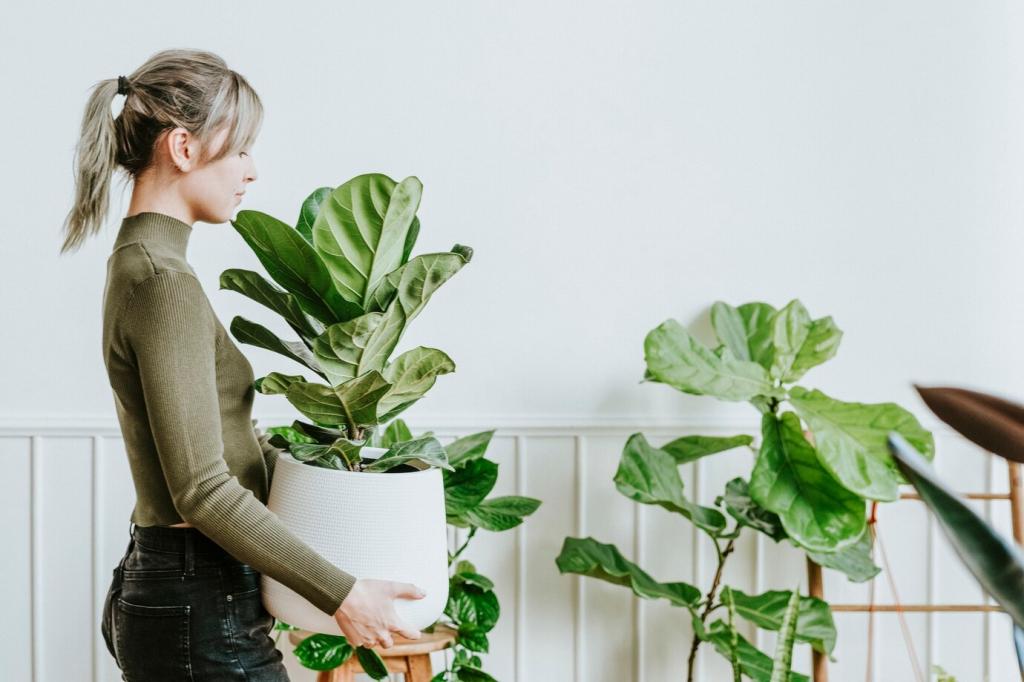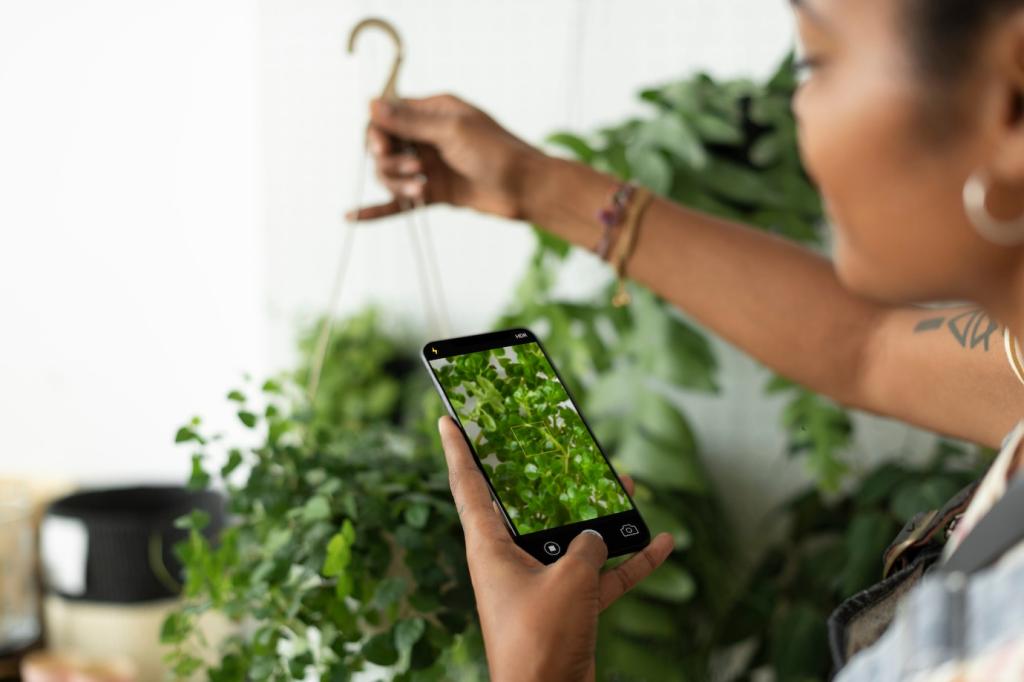
Natural Textures in Furniture Design: Feel the Story Beneath Your Fingers
Today’s theme: Natural Textures in Furniture Design. Welcome to a home page devoted to surfaces that breathe, age, and speak. Explore how grain, fiber, and stone shape emotion and function—and join our community by sharing your favorite tactile moments and subscribing for fresh inspiration.
The Tactile Language of Natural Materials
Run a hand along oak and you’ll trace quiet ridges formed by seasons of growth. Straight grain calms, cathedral grain energizes, and knots add narrative. Share a photo of a grain pattern you love and tell us what it whispers.
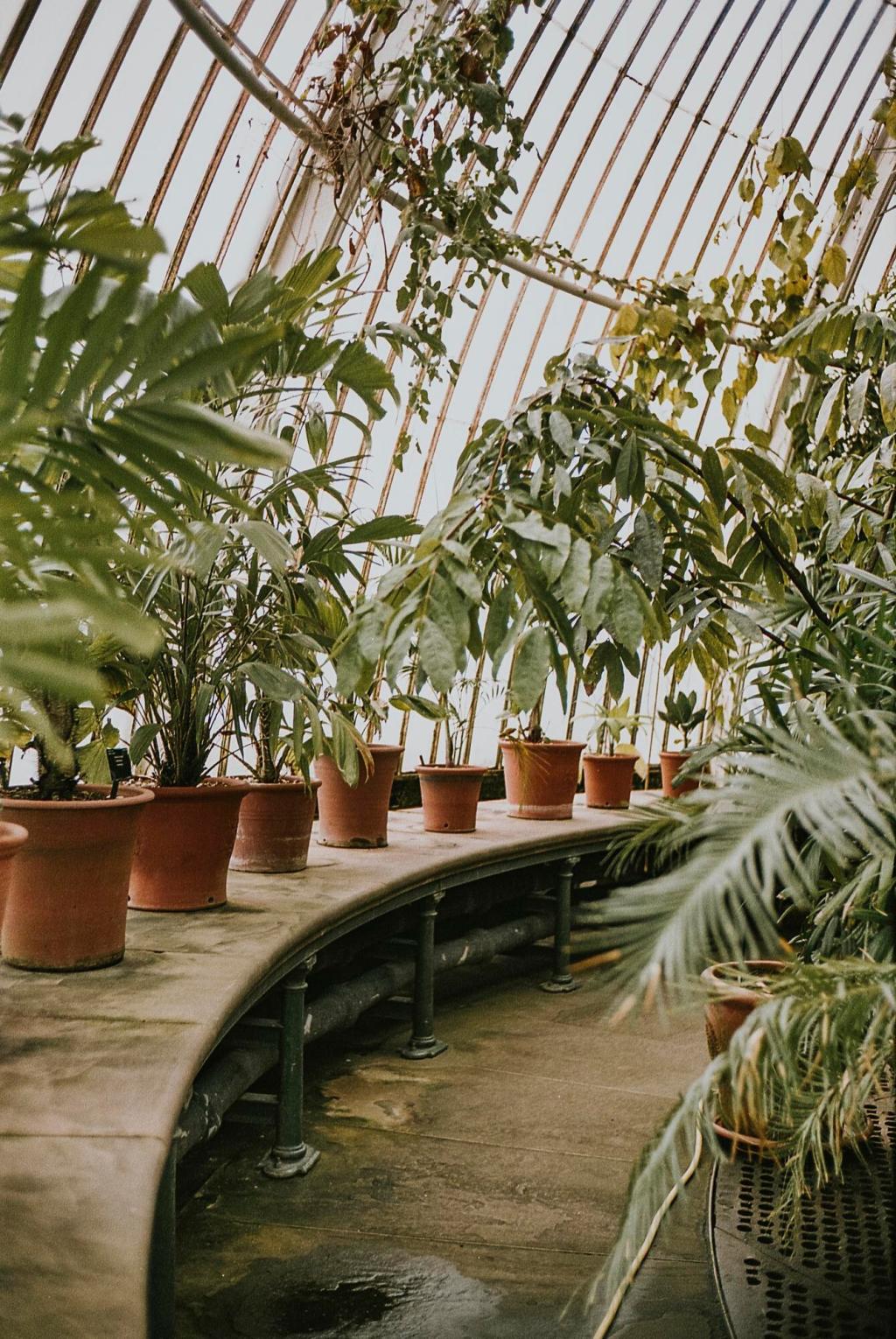
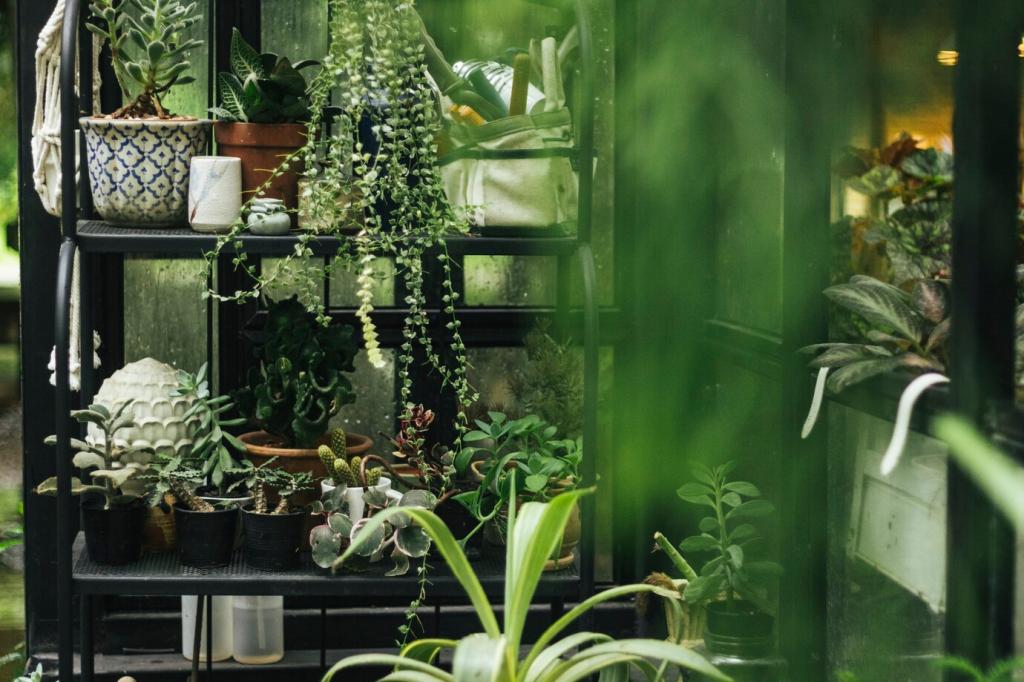
The Tactile Language of Natural Materials
Linen resists sheen and welcomes breath, while wool cushions pressure and softens sound. Together they temper hard surfaces, inviting slower mornings and warmer evenings. Comment with your favorite natural upholstery blend and how it changes your room’s feel.
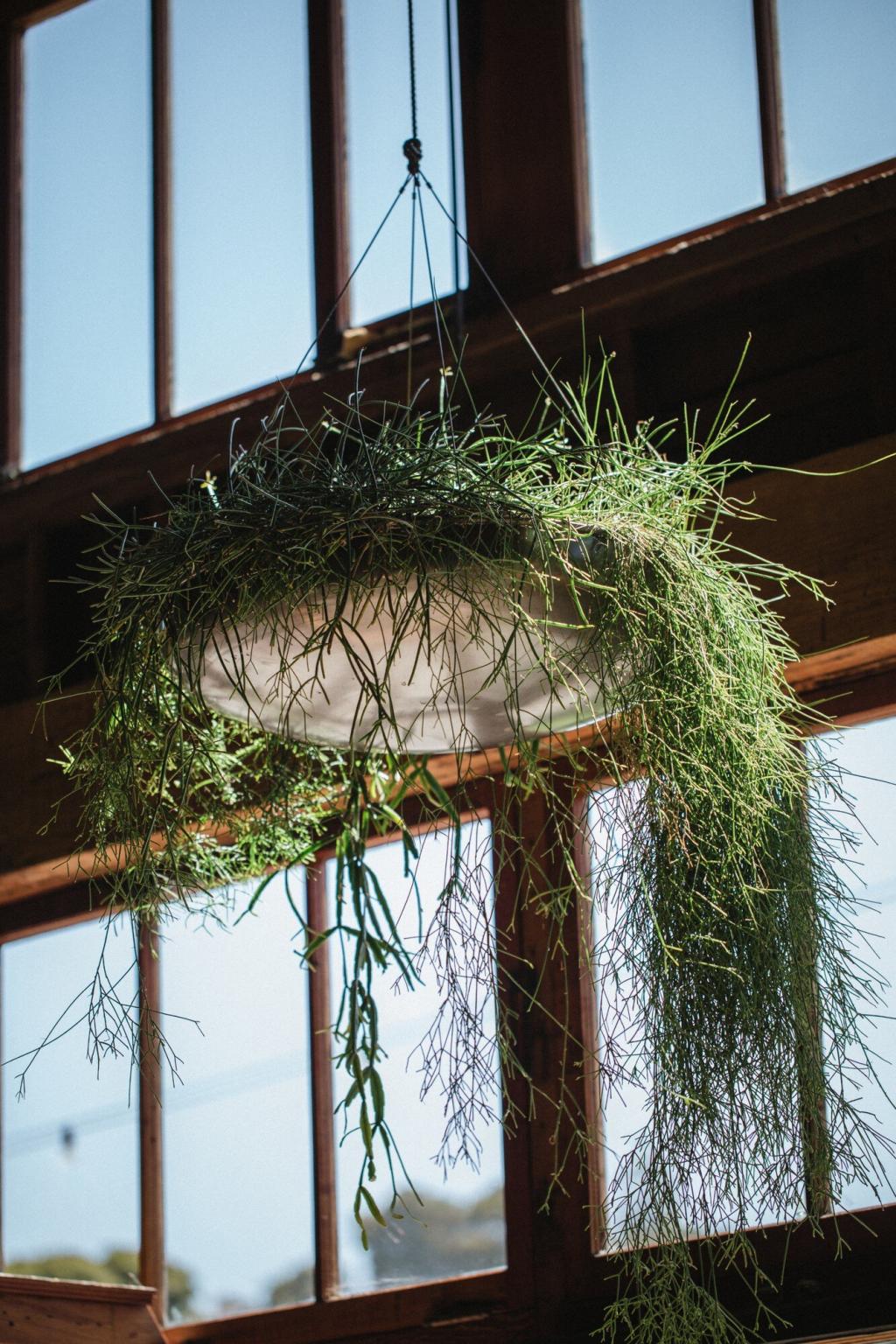
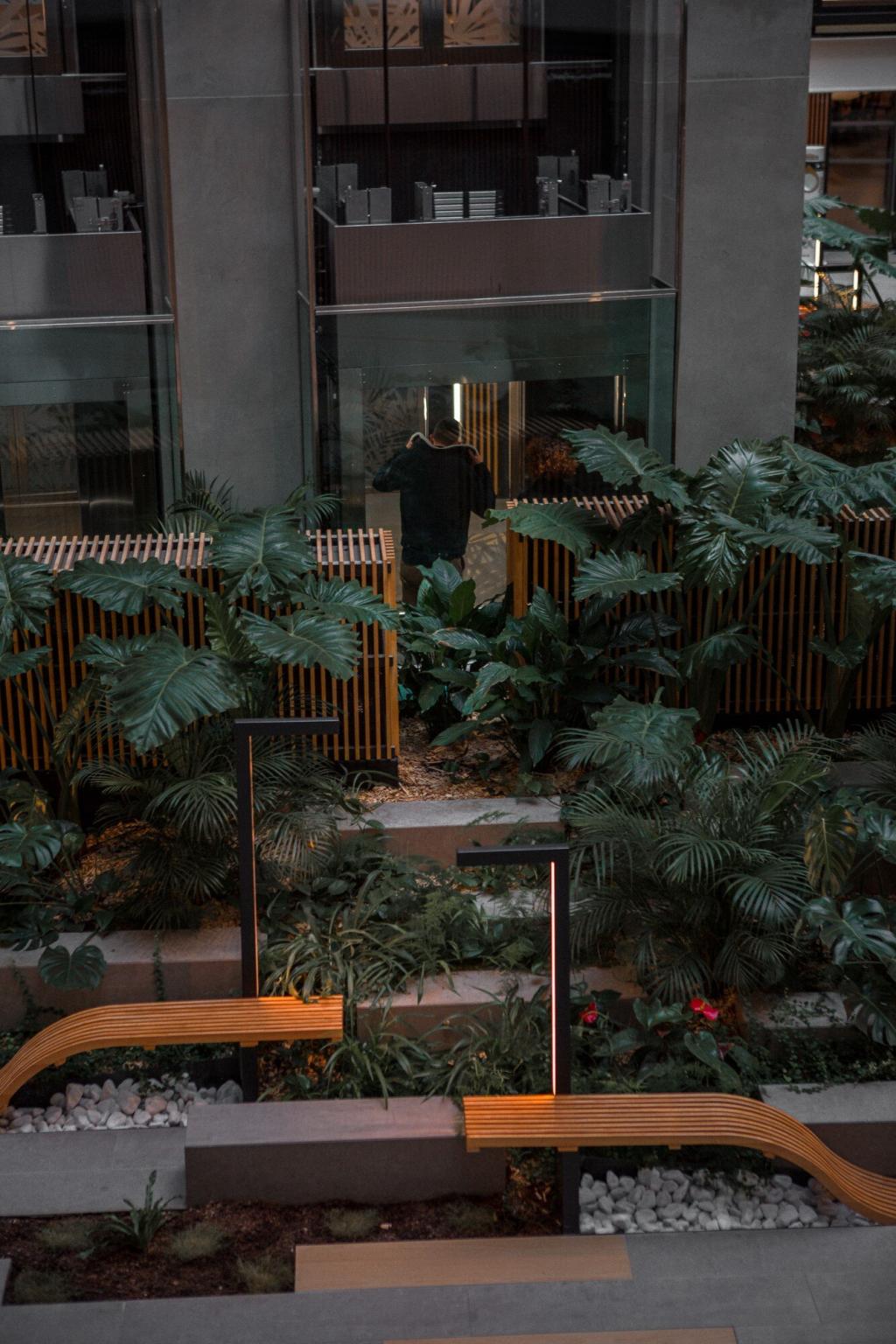
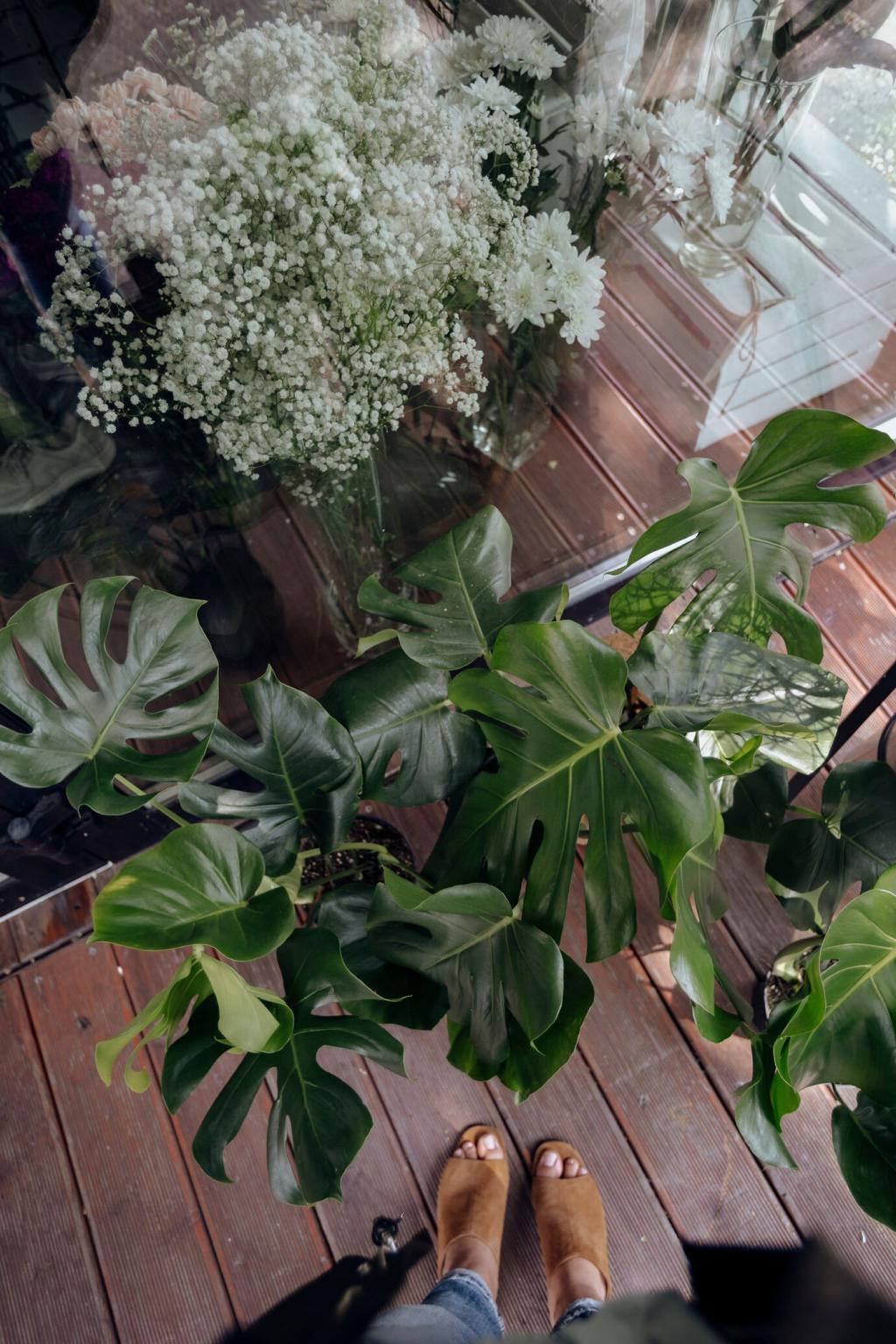
Finishes That Preserve the Feel
Oil and Wax
Penetrating oils emphasize figure without building a plastic film, while wax adds gentle sheen and grip. Together they age gracefully. What oil do you swear by for maintaining touch? Comment your routine and bookmark our finish comparison guide.
Open-Pore Finishes
Open-pore finishes keep wood breathing, softening light and amplifying grain. They resist dust gloss and encourage mindful maintenance. If you’ve switched from heavy varnish, tell us how the room’s mood shifted and why you’d never go back.
Natural Dyes and Tints
Plant-based stains nudge tone while keeping texture alive. Iron acetate kisses oak with smoke; walnut husk deepens maple’s glow. Share your tint experiments, successful or not, and subscribe for recipes tested on real, lived-in surfaces.
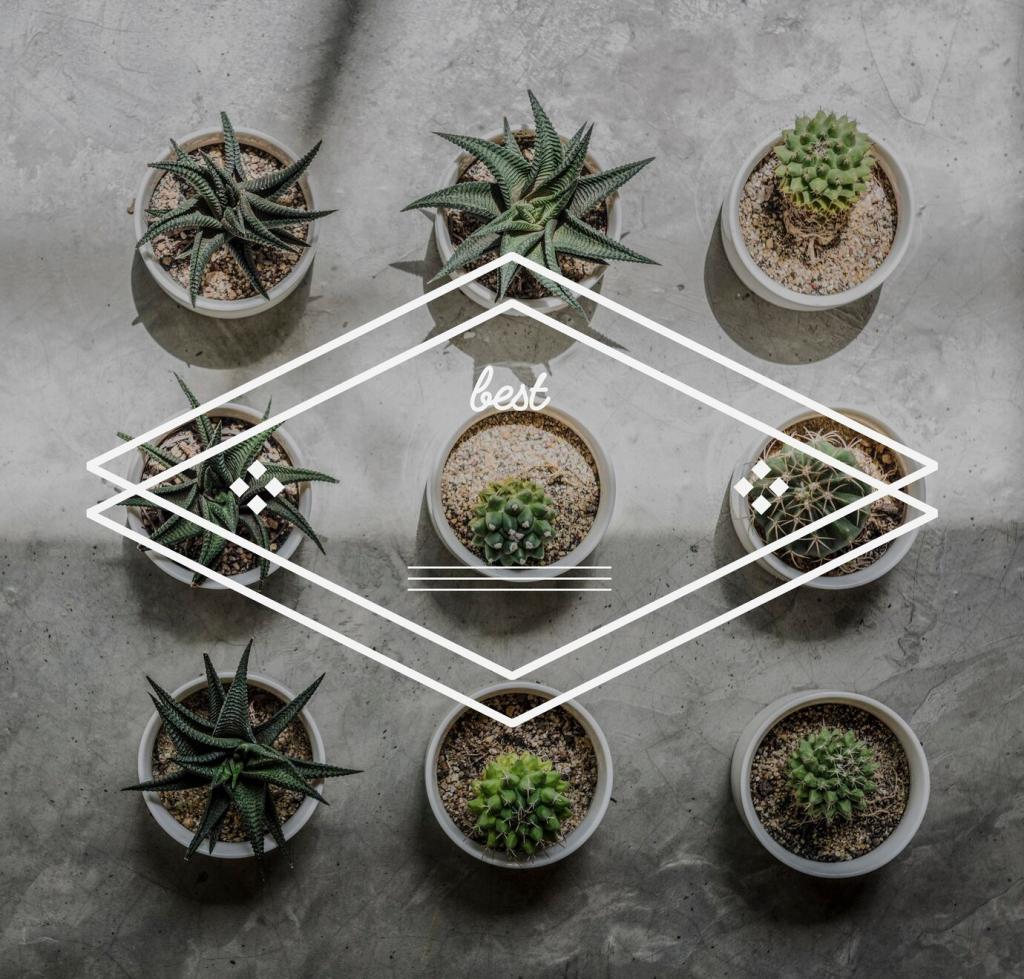
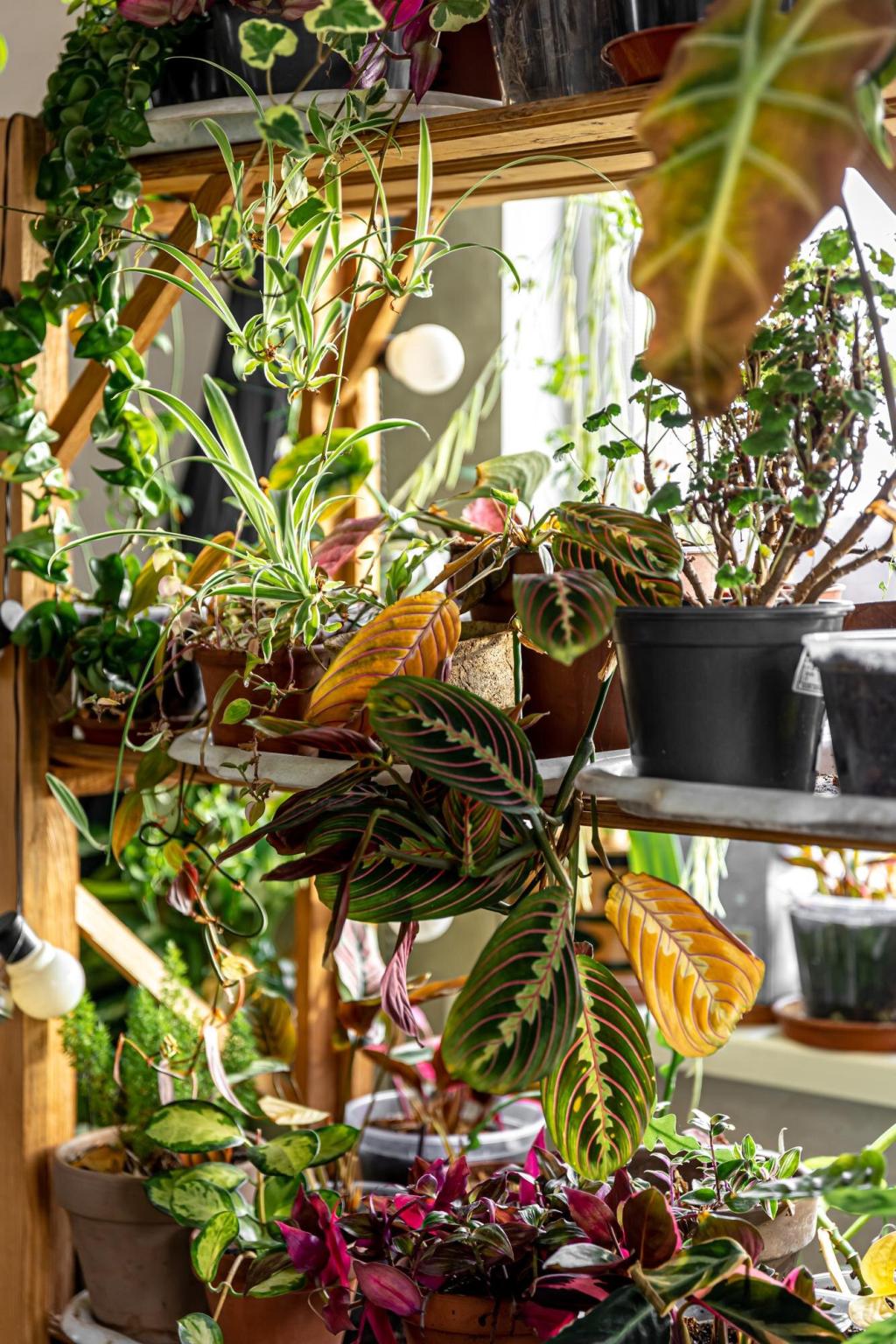
Pairing Textures Like a Designer
A wire-brushed ash table steadies glossy ceramic plates, while smooth leather seats offset a nubby wool throw. Balance keeps eyes relaxed and hands curious. Post your favorite pairing and tell us how it changed conversations around your table.
Pairing Textures Like a Designer
Texture loves light. Raking sunlight exaggerates grain valleys; evening lamps mellow them. Avoid all-gloss surfaces that flatten depth. Share a photo at two times of day and notice how your furniture’s texture changes mood and presence.

This is the heading
Lorem ipsum dolor sit amet, consectetur adipiscing elit. Ut elit tellus, luctus nec ullamcorper mattis, pulvinar dapibus leo.

This is the heading
Lorem ipsum dolor sit amet, consectetur adipiscing elit. Ut elit tellus, luctus nec ullamcorper mattis, pulvinar dapibus leo.
Cultural Inspirations in Natural Texture
Wabi-sabi celebrates irregular grain, patched joinery, and surfaces softened by use. It teaches patience with patina and comfort in imperfection. Share a wabi-sabi moment from your home and how it made daily life calmer and kinder.
DIY Texture Techniques You Can Try
01
Hand-Planing and Scraping
A sharp plane reveals fresh figure and gentle facets unreachable by sanders. Card scrapers refine without fuzz. Share your first-hand-planed project and the moment the shaving curled perfectly—then subscribe for sharpening tutorials that demystify edges.
02
Wire-Brushing and Burnishing
Wire-brushing lifts soft grain for rustic relief, while burnishing compresses fibers into a silky sheen. Practice on offcuts first. Post your test board results and ask the community for tips on achieving consistent depth across wide panels.
03
Limewash, Soap, and Casein Paint
Mineral and milk-based finishes add breathable color that respects texture. Soap finish on oak feels velvety, limewash adds depth without glare. Share your recipe ratios and what changed about the surface’s feel after a week of daily use.
From Factory Floor to Family Feasts
It began as a varnished, slippery slab. We stripped gently, raised the grain with water, then oiled. The first dinner afterward felt quieter, warmer, slower. Have you revived a piece like this? Tell us what changed around your table.
Design Choices Guided by Touch
We chose rounded edges to invite hands, left tiny milling marks as souvenirs, and used matte oil to avoid glare. The texture set the conversation’s pace. Comment with one tactile design choice you’d recommend to a first-time restorer.
Lessons Learned, Shared with You
Patience beats power tools, and finishing cloths matter as much as finish. The table now records crumbs like constellations, wiped away with care. Subscribe for the full step-by-step and share this story with someone planning a weekend project.
